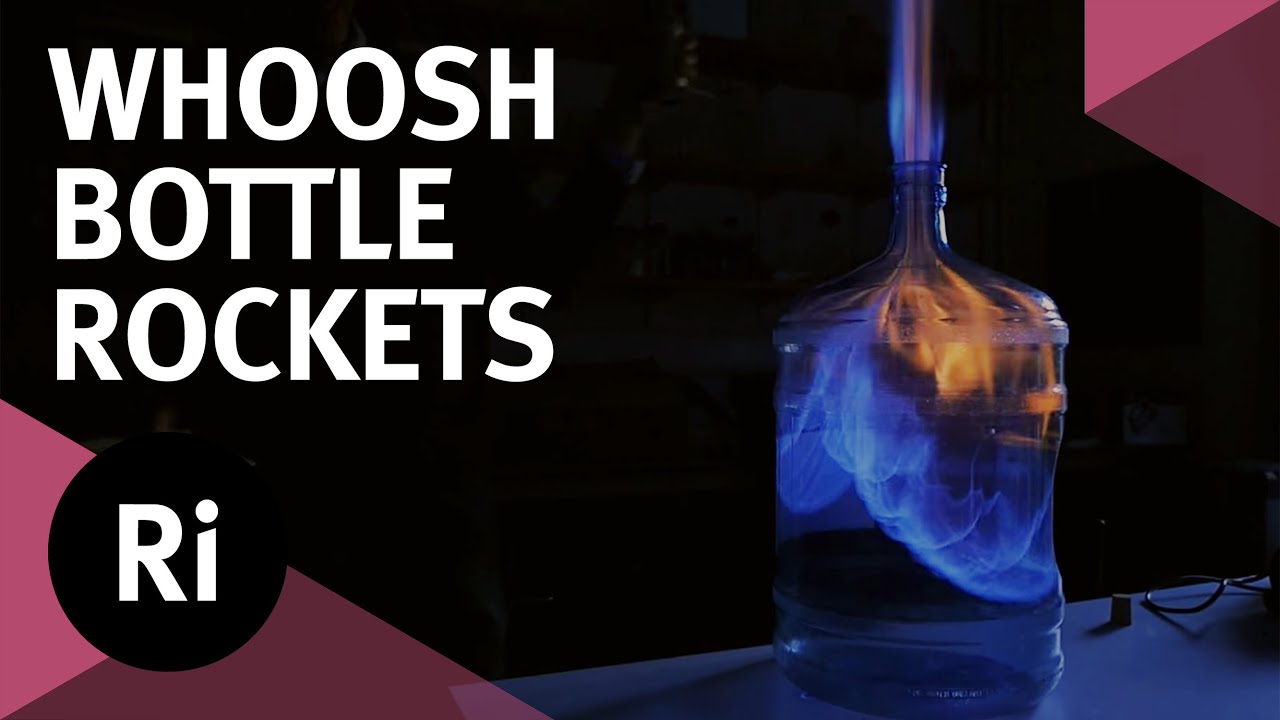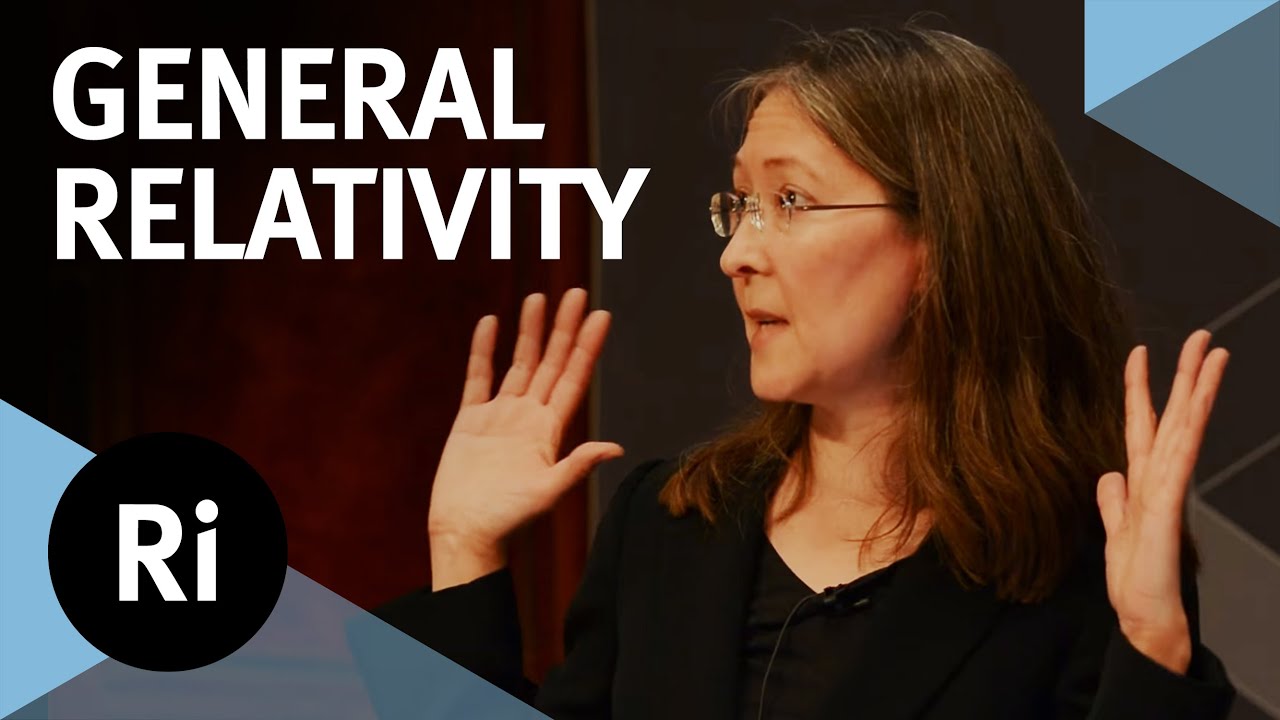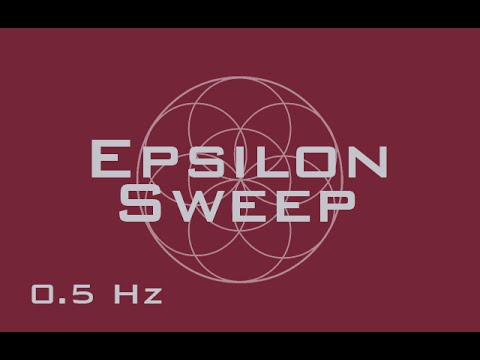TDF
Both grandiose and intimate, the eight-part Netflix series Our Planet is an astounding achievement in nature documentary filmmaking. Narrated by the beloved and infectiously enthusiastic David Attenborough, the docuseries presents a wealth of meticulously observed sequences featuring some of the most glorious wildlife and undersea creatures in their natural habitats. But more than any other element, the film’s ambitious narrative is driven by undercurrents of urgency and despair.
From the opening moments of the first episode, we are witness to the delicate symmetry that connects all living things and environments. Five million birds carpet bomb the ocean for food. Dolphins feed on swarms of mackerel. Billows of desert dust shower nutrients on the surface of the ocean. Thousands of baby flamingos march in search of fresh water. Countless species – many of which have not yet been named – epitomize the staggering diversity of our tropical forests.
In the midst of all this splendor, we are reminded that the planet we’ve long viewed as stable and ever-present is under attack. Thanks to the destruction and wastefulness of man, our wildlife populations have declined by 60 percent over the past 50 years. Compromised ecosystems are overwhelming their ability to survive.
The same dynamic plays out in the other episodes of the series as well. The filmmakers travel from the frozen landscapes of Antarctica to the mammoth Amazon basin to the arid deserts of Central Australia. Along each stop, we are blessed by sights that seem almost otherworldly in their beauty, and various forms of wildlife that occupy their spaces with both unimaginable grace and savagery. The film never lets you forget that all of this is in grave danger of falling apart.
Our Planet represents the very best in a docuseries of its kind – awe-inducing visuals, unprecedented access to the most remote regions of the world, and an endless stream of fascinating and peculiar insights. But it doesn’t shy away from plotting out the grim diagnosis currently facing our planet. To its credit, it also inspires confidence that we can still choose to be a part of the solution. The film’s sense of wonder and educational value is its greatest asset. After all, the key to saving the natural world is in both the understanding and appreciation of it.




